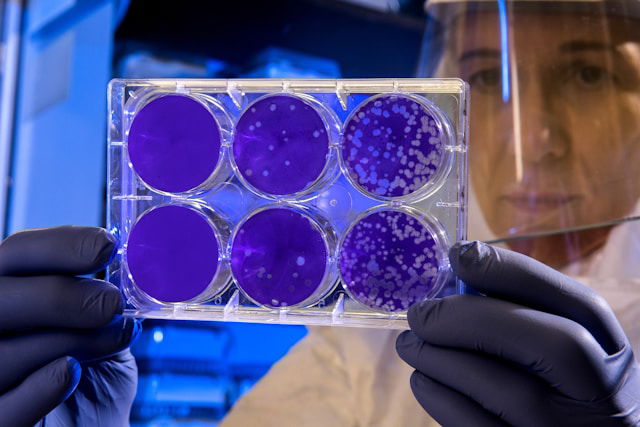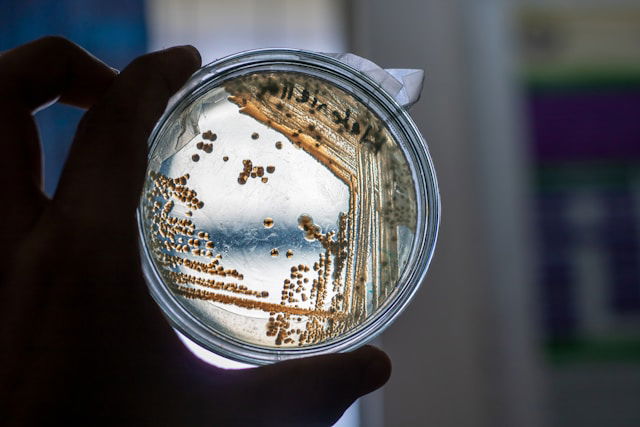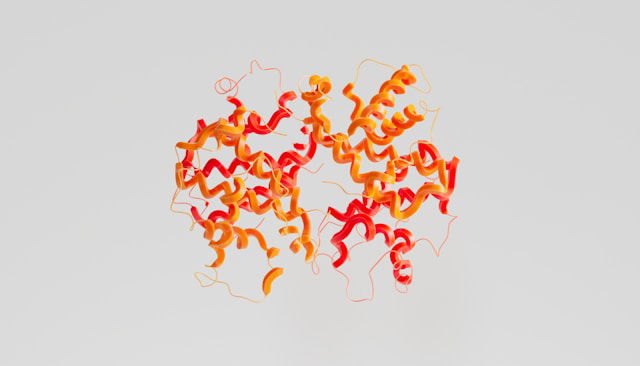Dangerous mirror life bacteria are raising major concerns among leading scientists who believe these synthetic organisms could wipe out life on Earth. Known as “mirror life,” these lab-created life forms are made of flipped versions of biological molecules, and the risks they pose may be far greater than we’ve ever seen before.
A newly published report in the journal Science, backed by experts from Stanford, Yale, MIT, and the University of Cambridge, has made one thing clear: the threat is real and the consequences could be catastrophic.
What is Mirror Life?

Mirror life refers to synthetic organisms made from the mirror-image versions of natural biological molecules. In simple terms, these lab-created bacteria are built from components that are the reverse of what we find in nature.
Think of it like flipping everything we know about DNA and proteins. Instead of using the usual right-handed molecules, mirror life uses left-handed ones—or vice versa. This reversal may seem minor, but it’s anything but harmless.
These mirror-image bacteria are not like ordinary microbes. Their unnatural structure makes them unrecognizable to the immune systems of humans, animals, and plants.
The core concern is that mirror bacteria, once created, could spread in ways we cannot control. Because their molecular makeup is so different, they might bypass immune defenses entirely.
This would mean that if mirror bacteria ever escaped the lab or were released by accident, our bodies, and the bodies of every living thing, might not know how to fight them. That opens the door to deadly infections that we may not be able to detect, contain, or cure.
The researchers behind this study warned that mirror life could act like a powerful invasive species. Without natural predators or immune resistance in their way, these synthetic organisms could multiply and evolve rapidly.
Their ability to survive and adapt might allow them to invade ecosystems, cause unpredictable damage, and even lead to global health emergencies.
How Big Is the Risk?
Very big. Scientists fear that if even a small amount of mirror life bacteria got into the environment, the effects could be long-lasting or permanent.
The researchers wrote, “Much like an invasive species with few natural predators, we are concerned that mirror bacteria could rapidly proliferate, evolving and diversifying as they spread.”
They emphasized that once released, these organisms could linger for decades or more, threatening all forms of life on Earth.
The terrifying part? We may never know they’re out there until it’s too late.
What Makes Mirror Life So Hard to Stop?

The major issue is invisibility. Because these bacteria are built differently at the molecular level, our usual tools for detecting and treating infections may not work.
Immune systems don’t recognize them, current antibiotics may not affect them, and even laboratory equipment might struggle to pick them up using normal methods.
This means they could quietly spread without being noticed until the damage is already done.
Scientists Are Calling for a Ban
To prevent this nightmare from becoming reality, scientists are now calling for a complete halt to the creation of mirror bacteria.
Their message is clear: don’t build them at all.
The report states, “We therefore recommend that research with the goal of creating mirror bacteria not be permitted, and that funders make clear that they will not support such work.”
They also recommend putting strict limits on creating the components needed to build mirror life. Even precursor molecules, like mirror DNA or mirror proteins, should not be made.
The scientists aren’t against all research in this field, but they insist on safe boundaries. According to the report, it’s okay to study the risks of mirror life without creating mirror bacteria or the parts that make them functional.
They suggest exploring questions like:
- How might mirror molecules interact with the immune system?
- How can we detect mirror life if it does emerge?
- What biosurveillance systems can be developed to stay ahead of synthetic threats?
All this work could help us prepare for unknown threats, without creating the very danger we want to avoid.
Airborne Microbes Show How Fast Things Can Spread

This isn’t the first time scientists have seen how resilient microorganisms can be. In previous studies, researchers in Spain and Japan found bacteria and fungi floating high in the atmosphere.
These microbes were discovered in the troposphere, the layer of the atmosphere closest to the Earth’s surface. Some of them were dangerous strains like E. coli, proving that harmful organisms can travel far, stay alive, and potentially infect anything they land on.
If natural microbes can do this, imagine what synthetic ones with no natural checks could do.
This new warning about mirror life bacteria should not be taken lightly. These aren’t just theoretical ideas. The science behind synthetic biology is advancing quickly, and the possibility of someone creating mirror organisms is real.
Once these bacteria are made, we may not be able to put the genie back in the bottle. They could escape, evolve, and spread in ways we can’t predict, or stop.
That’s why top scientists from leading institutions are urging a global ban on creating mirror bacteria. They believe the risks far outweigh any potential benefit, and they want to shut down this line of research before it’s too late.
The bottom line is simple: when the future of life on Earth could be at stake, extreme caution is not paranoia. It’s protection.
